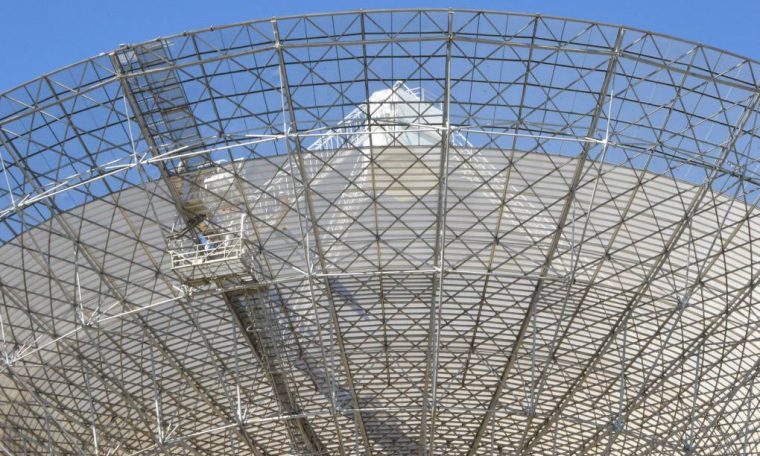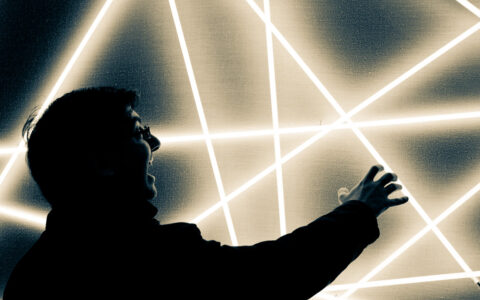
New radio telescope technology deployed at the Parkes radio telescope facility, in Australia, will permit astronomers to monitor a wider array of radio waves coming from space objects. The new kit is a receptor, a so-called “bionic ear” for listening to the Universe.
The new tool will catch radio waves and transform them into electrical impulses for astronomers to examine.
The tool has been devised by CSIRO (Commonwealth Scientific and Industrial Research Organisation) and a group of Australian universities headed by the Swinburne University of Technology, the Max Planck Institute of Radio Astronomy of Germany, and the Academy of Sciences of China.
“Stars and galaxies ‘sing’ with different voices, some high, some low. It’s like a choir,” said George Hobbs from CSIRO.
The new “bionic ear” equipment will hear more of the Universe
A “bionic ear” receiver is used to identify the radio frequencies that the radio telescope can listen to. “So far we’ve had receivers that listened to only one part of the chorus at a time. This new one allows us to hear the whole choir at once,” said Hobbs.
The new receiver provides a very wide frequency band coverage, ranging from 700 MHz to 4 GHz. Alone it does the job of several other receptors and also provides extra frequencies that are not available to other radio telescopes.
The projects run and operated at the Parkes radio telescope, in Australia, are involving the search for gravitational waves coming from the black holes which have formed during the early stages of the Universe, the survey on the neutron stars’ interior, as well as the mapping of the magnetic waves which traverse the Milky Way.
The new “bionic ear” receiver will permit the Parkes radio telescope to conduct multiple assignments at once. “While some of us are timing a pulsar, other astronomers may be looking for signs of newborn stars,” Hobbs said.




